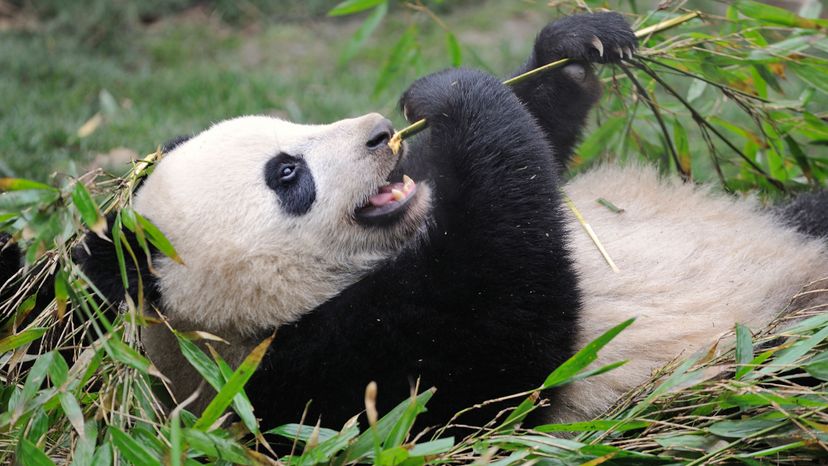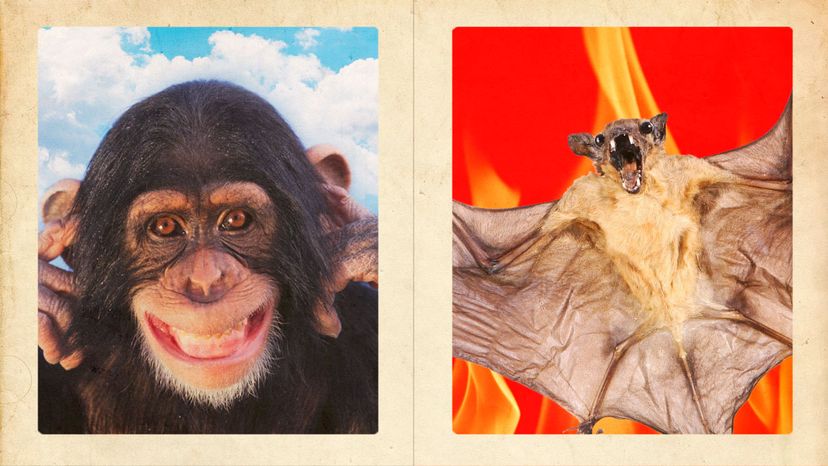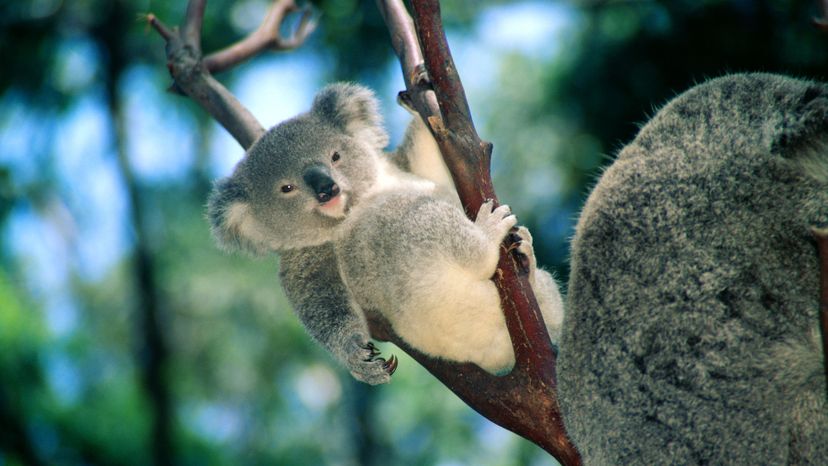
Giant pandas are by very definition charismatic — their natural charm and cute, cuddly faces certainly inspire the love and devotion of even the hardest of hearts. Characteristics like those of pandas are exactly what conservationists were banking on when they established the term charismatic megafauna (also known as flagship species) back in the 1980s as part of a major push to save endangered species [source: Ducarme]. These popular animals are often the poster children in zoo advertising and environmental protection appeals, simply because they are so well-liked that people tend to pay more attention to the messages. Thus, donor dollars flow more readily to support conservation and research efforts that benefit these beloved animals and others.
"Charismatic megafauna are large animal species that have widespread popular appeal; they are the animals that most people can recognize and may even know a few facts about off the top of their heads," Dr. Stephanie Braccini, curator of mammals at Zoo Atlanta, explains in an email interview. "Charismatic megafauna are the 'social butterflies' of the zoo world in that you may come to the zoo to see them, and they introduce you to the lesser-known species." She adds that 36 critically endangered and endangered species call Zoo Atlanta home. "While someone may come to the zoo to see our giant pandas or lions or giraffes, they may leave with a love of gopher frogs or an interest in Burmese star tortoises, and in that action, a conservationist is realized."
Advertisement
Common examples of charismatic megafauna include lions, tigers, gorillas, giant pandas and elephants. In the aquatic world, dolphins, penguins and otters fit the bill. The broad appeal of these species is generated by several factors, including looks, behavior and overall relatability, according to Braccini. "Giant pandas have the cute, fluffy appeal with the almost cartoonish big ears and antics," she says. "Larger mammals have size on their side. Watching elephants move in a large herd across an arid terrain is almost hypnotic, moving to a rhythm like only they can hear the music.
Meanwhile, great ape species are easy to for humans to anthropomorphize. "Watching my own family observe the gorilla family group at Zoo Atlanta and listening to my own children talk about the 'daddy' gorilla and the 'mommy' gorillas starts the fire and passion for conservation, and that's what we need these species for, to be the drive that inspires people to care about nature and wildlife," she adds.
Although it might seem like the "cool kids" of the zoo get all the glory, the goal of promoting charismatic megafauna is actually to help both them and their often-overlooked neighbors survive.
Advertisement


